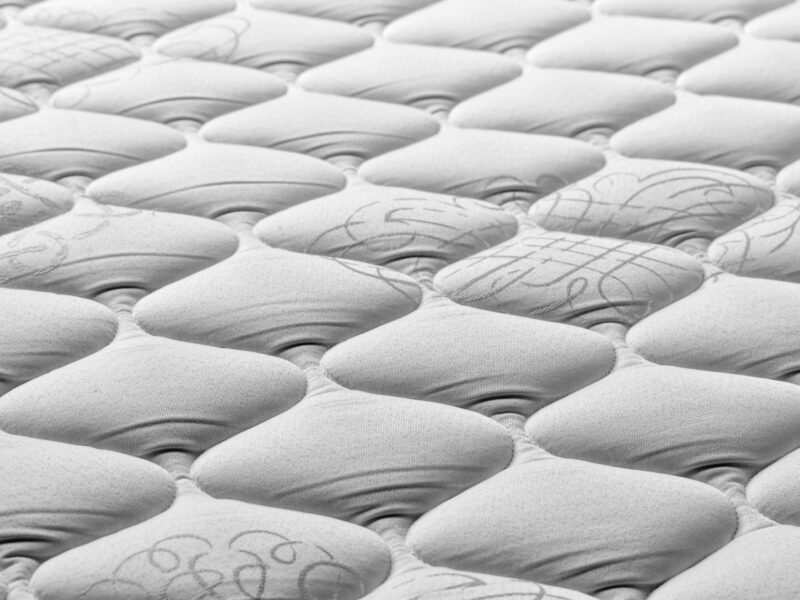Have you or one of your family members been waking up with a dull or throbbing headache? This is a normal part of life but could signify a bigger problem.
Our bodies are like complex machines with intricate mechanisms and parts. Sometimes, this machinery breaks down; even a tiny fault could cause big problems.
Our bodies can experience many different aches and pains, including headaches. Here’s a guide breaking down different types of headaches by location and what they mean.
Unilateral Headache
Unilateral headache is a type of headache that affects one side of the head, either the right or the left. This headache produces pain on one side of the head only, although it may spread to the other. The most common causes of unilateral headaches are sinusitis, tension headaches, or migraines.
A muscle strain, an eyelid twitching, a dental issue, a neck injury, or a stroke may also cause this. The location of the headache can help diagnose the source of the pain.
The pain is usually localized on the head’s temporal, frontal, or occipital areas. It may also be associated with a disturbance in vision, nausea, vomiting, and photophobia. While it is rarely severe, it is vital to seek medical attention if the pain persists for over a few days or worsens.
Bilateral Headache
A bilateral headache is a type of headache located on both sides of the head. This is associated with migraines but can also be caused by stress, tension, and some illnesses or injuries.
This tends to be more intense than other types of headaches, such as those on one side of the head or around the forehead or temples. Treatment options for this type of headache include medications and lifestyle adjustments.
Occipital Neuralgia
Occipital neuralgia is a type of headache located in the back of the head near the base of the skull. It can occur as a single, sharp, sudden pain or as a sharp, persistent, throbbing pain. It is caused by injury, trauma, or inflammation of the occipital nerves in the head, neck, and scalp.
Symptoms of occipital neuralgia may include pain in the face, neck, and shoulders, sensitivity to light, and nausea. Head ache treatments may include physical therapy or remedies that help reduce inflammation.
Rest, massage, heat, and cold therapy may also be beneficial. Consulting a doctor is vital to diagnose and treat a headache.
Cervicogenic Headache
Cervicogenic headache originates in the neck and is usually localized to one side. It feels like a dull, aching pressure and can be based on muscles that have spasmed in the neck, creating a dull pain that radiates.
Pain may also be localized to the base of the skull and other areas such as the temples, behind the eyes, or over the forehead. Other symptoms may accompany the headache. These include tenderness of the skin, tightness of the neck muscles, or problems with neck mobility.
Learning how to stop a headache or treatment includes physical therapy, regular exercise, and medications. This headache can be frustrating, but the good news is that it can be managed with lifestyle and medical interventions.
Different Types of Headaches by Location to Be Aware Of
Headaches can occur anywhere on the body, but they can be classified by the part of the body affected. Some of the most common types of headaches by location are bilateral and occipital, but there are many more to explore.
With a proper diagnosis and treatment plan, most people can find relief from their headaches.
If you find this article helpful, check our blog for more!




